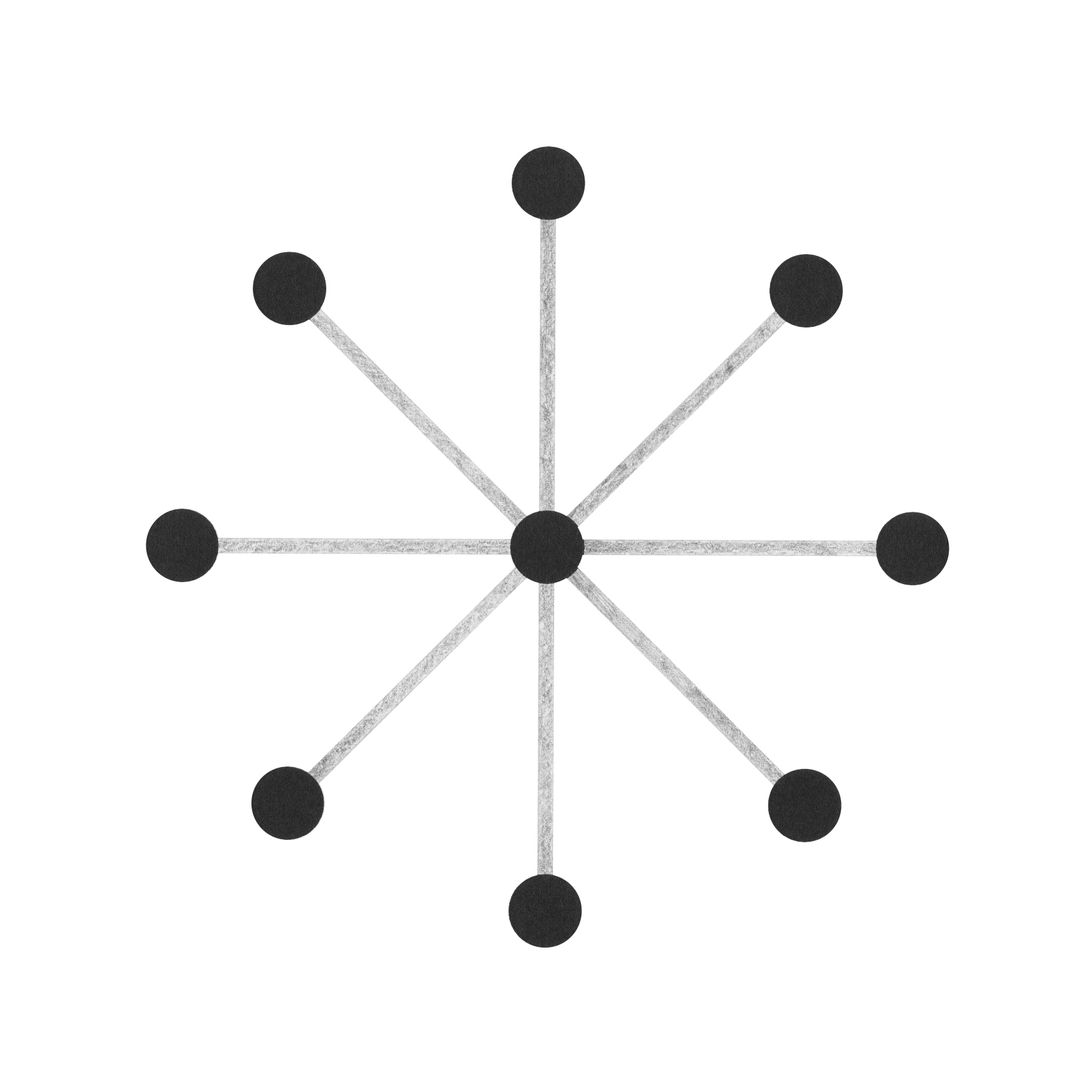
Abstraction
To abstract is to pull or draw away rules and concepts in general from specific examples, first principles, literal signifiers, and other methods. So, abstraction becomes a conceptual process of creating super-categorical representatives for subordinate concepts, connecting related concepts as a group, field or category.
Abstraction layers
Computer scientists use abstraction layers to make conceptual models that can be re-used and applied widely without having to write code again. For example, using a computer program language allows source code to be translated into machine code which can be used on various different machines. This separates a framework (a categorical concept of writing a program) from specific implementation, thus making the abstraction a categorical concept of the solution.
A layer is considered to be on top of another if it depends on it. Every layer can exist without the layers above it, and requires the layers below it to function. Frequently abstraction layers can be composed into a hierarchy of abstraction levels. The OSI model comprises seven abstraction layers. Each layer of the model encapsulates and addresses a different part of the needs of digital communications, thereby reducing the complexity of the associated engineering solutions.Autonomy
Autonomy is the freedom to make an informed, uncoerced decision. Autonomous organisations, institutions and individuals have independence and the ability to self-govern.
